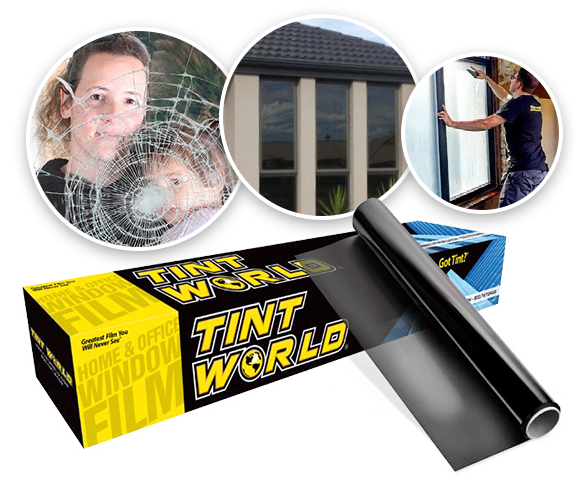The Scientific Research Behind Auto Window Tinting and UV Ray Protection
The Scientific Research Behind Auto Window Tinting and UV Ray Protection
Blog Article
Home Window Tinting Regulations and Standards: What You Need to Know Prior To Tinting Your Vehicle
Prior to proceeding with home window tinting for your automobile, it is crucial to acquaint yourself with the diverse regulations and guidelines that govern this practice across different states. These laws determine the permissible degrees of color darkness, commonly measured by visible light transmission (VLT) portions, and consist of specific stipulations for front windshields intended at making sure road safety.
Review of Home Window Tinting Regulations
Window tinting laws are regularly subject to variation throughout various territories, showing local laws and security considerations. These laws determine the allowable degrees of tint darkness and reflectiveness on lorry windows, guaranteeing that drivers keep sufficient visibility while also shielding versus dangerous UV rays and warmth.
A lot of laws identify window tinting based on the Visible Light Transmission (VLT) portion, which shows the amount of light that can pass through the home window. Normally, reduced VLT percentages signify darker tints. Legislations usually distinguish between the front, side, and back windows, with stricter limitations put on the front windshield to enhance safety and security for both the chauffeur and various other road users.
Compliance with home window tinting regulations is vital, as infractions can result in fines, necessary elimination of the color, and prospective rises in insurance costs. It is essential for automobile owners to acquaint themselves with regional regulations prior to proceeding with window tinting installations.
State-by-State Color Rules
Understanding the certain window tinting laws in each state is essential for vehicle owners looking for to abide by the legislation. Each state in the U.S. has established its own collection of guidelines controling window tinting, which can differ dramatically. These laws usually determine the permitted levels of tint darkness, the kinds of home windows that can be tinted, and any type of medical exemptions that might apply.
For instance, states like California have stringent restrictions on tint darkness for front home windows, while others, such as New Mexico, may allow darker tints. Furthermore, particular states mandate particular visibility percentages for various windows, including the windshield, front side home windows, and rear windows. It is vital for car proprietors to familiarize themselves with their state's regulations to prevent potential penalties or charges.
Moreover, some states might need an accreditation sticker to be positioned on colored windows, showing compliance with state regulations. Failure to stick to these guidelines not just risks legal consequences but can likewise impact safety and security and visibility while driving. Vehicle proprietors must perform extensive study or consult local authorities to guarantee complete understanding and conformity with state-by-state tint policies.
Allowed Tint Degrees and Kinds
Several vehicle proprietors may be shocked to find out that permitted tint levels and types differ extensively across different states. Each state has actually developed its very own laws pertaining to the allowable darkness and reflectivity of window tint, commonly measured by Visible Light Transmission (VLT) percentages. VLT describes the amount of light that can travel through the colored windows; thus, a lower percent suggests a darker tint.

Additionally, the kinds of color products enabled can vary, with some states prohibiting mirror-like or metal coatings. It is vital for vehicle owners to acquaint themselves with their state's details regulations to ensure conformity. Non-compliance can cause penalties, obligatory removal of the color, or other legal repercussions, making it crucial to understand these laws prior to continuing with installation.
Medical Exemptions for Tinting
While not all states give allowances for medical exceptions regarding window tinting, those that do acknowledge the requirement for specific individuals to boost visibility browse this site and convenience as a result of clinical conditions. Different clinical problems, such as lupus, skin cancer cells, and certain eye problems, can provide people particularly conscious sunshine. Subsequently, these people might need darker colors to safeguard themselves from harmful UV see here rays and glare.

It is very important to note that despite having a clinical exemption, there may still be restrictions on the level of color allowed. Compliance with state laws makes certain that individuals are both secured and within legal limitations. Those taking into consideration medical exceptions should contact their regional Division of Electric motor Cars or equivalent authority to understand the requirements and procedures essential to look for an exemption properly.
Charges for Non-Compliance
Failing to adhere to home window tinting regulations can result in considerable fines, which differ by state. Police are equipped to release citations for cars that do not comply with the defined tinting policies. These penalties generally consist of fines, which can range from moderate amounts to numerous hundred bucks, depending on the seriousness of the violation and the state in inquiry.
In some territories, duplicated offenses might lead to rising penalties or added penalties, such as mandatory court looks. Non-compliance may demand the removal of prohibited tinting, commonly at the proprietor's expenditure. In extreme cases, habitual culprits may deal with suspension of their vehicle enrollment until compliance is attained.
Furthermore, insurance implications might occur from receiving multiple citations for home window color offenses. Insurance firms might see such offenses as an indicator of riskier habits, possibly leading to boosted premiums or trouble in coverage.
To avoid these fines, it is essential for automobile proprietors to familiarize themselves with their local home window tinting laws and make sure that their vehicle complies (Window Tinting). discover this This positive approach not only prevents lawful ramifications however also advertises roadway safety and security
Verdict

Many regulations identify window tinting based on the Visible Light Transmission (VLT) portion, which shows the amount of light that can pass via the home window. Compliance with home window tinting policies is essential, as violations can result in penalties, obligatory elimination of the color, and potential rises in insurance coverage costs.Comprehending the details home window tinting regulations in each state is essential for car owners seeking to comply with the regulation. These regulations commonly determine the allowed levels of color darkness, the types of home windows that can be tinted, and any medical exceptions that might apply.
For instance, states like The golden state have rigorous restrictions on color darkness for front windows, while others, such as New Mexico, may enable darker colors.
Report this page